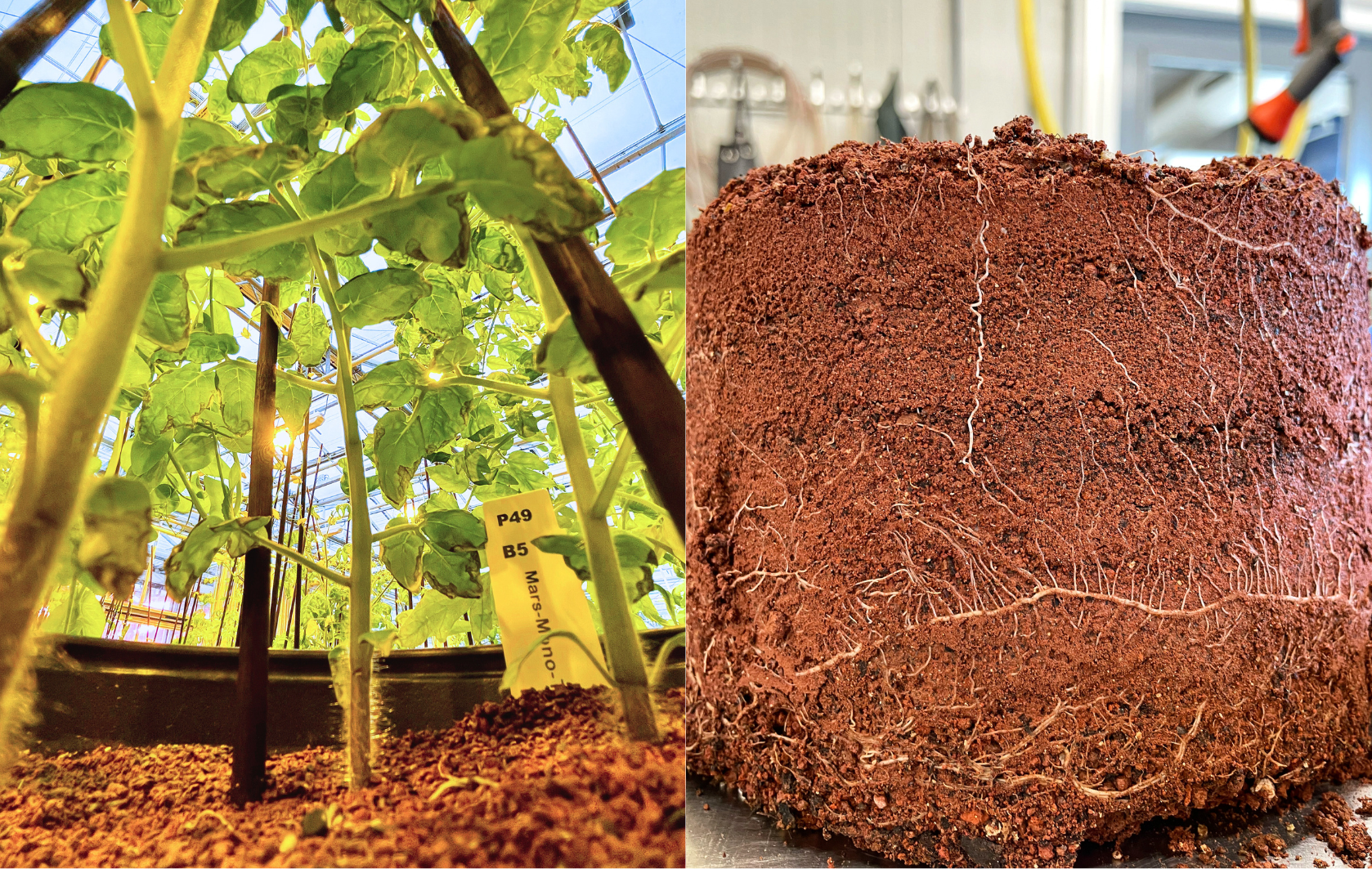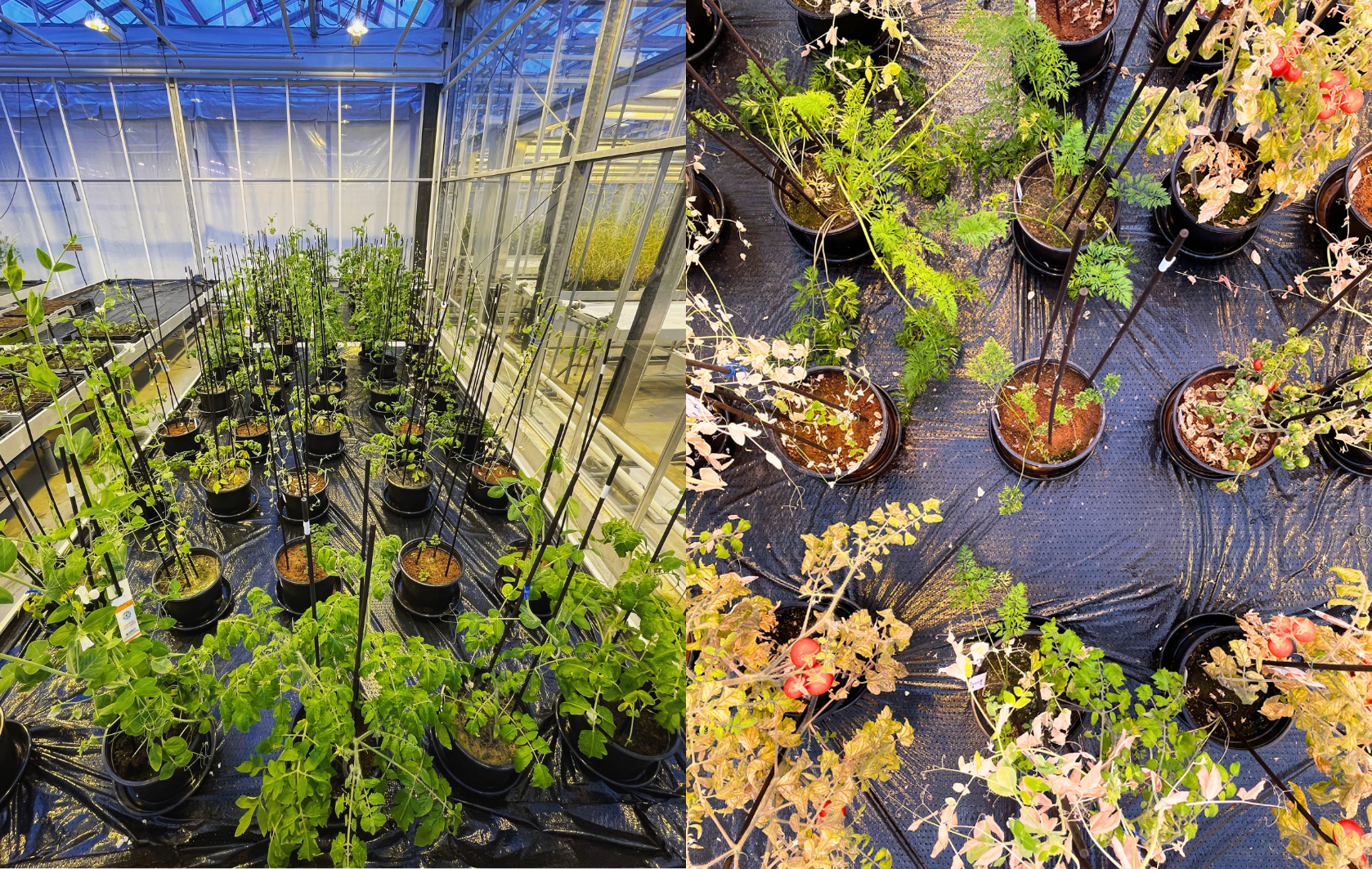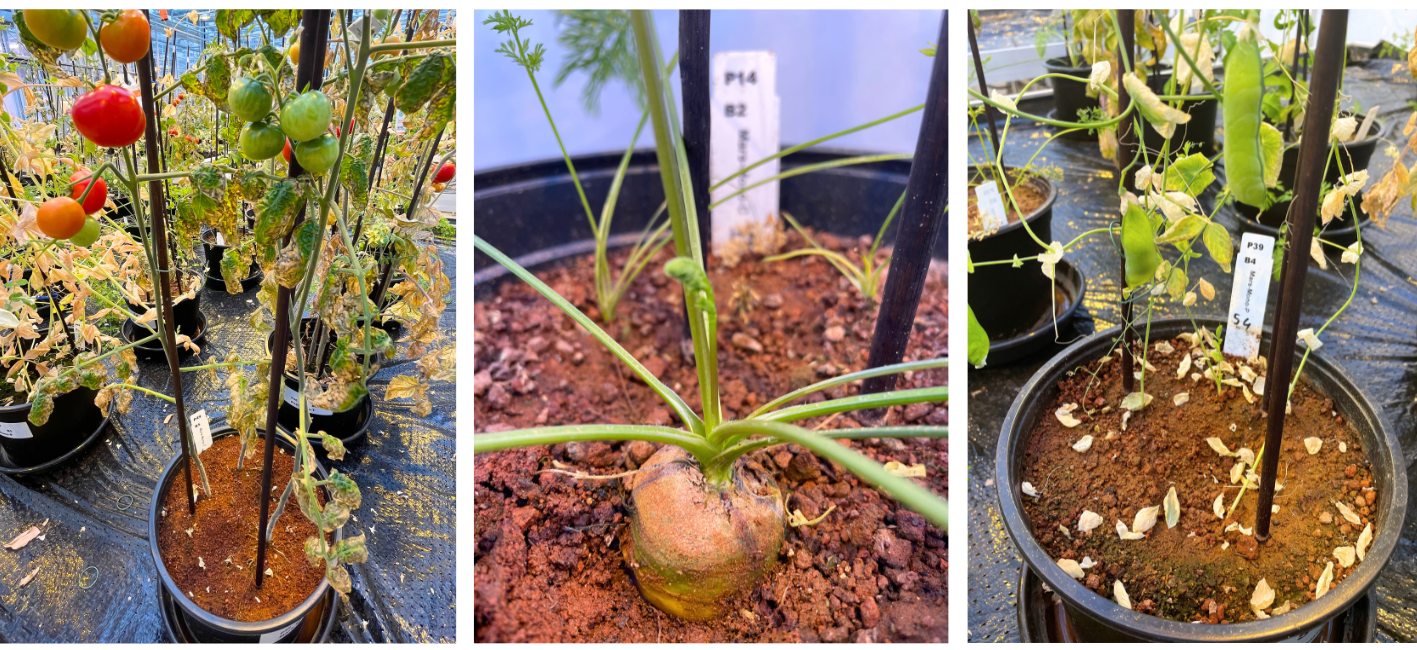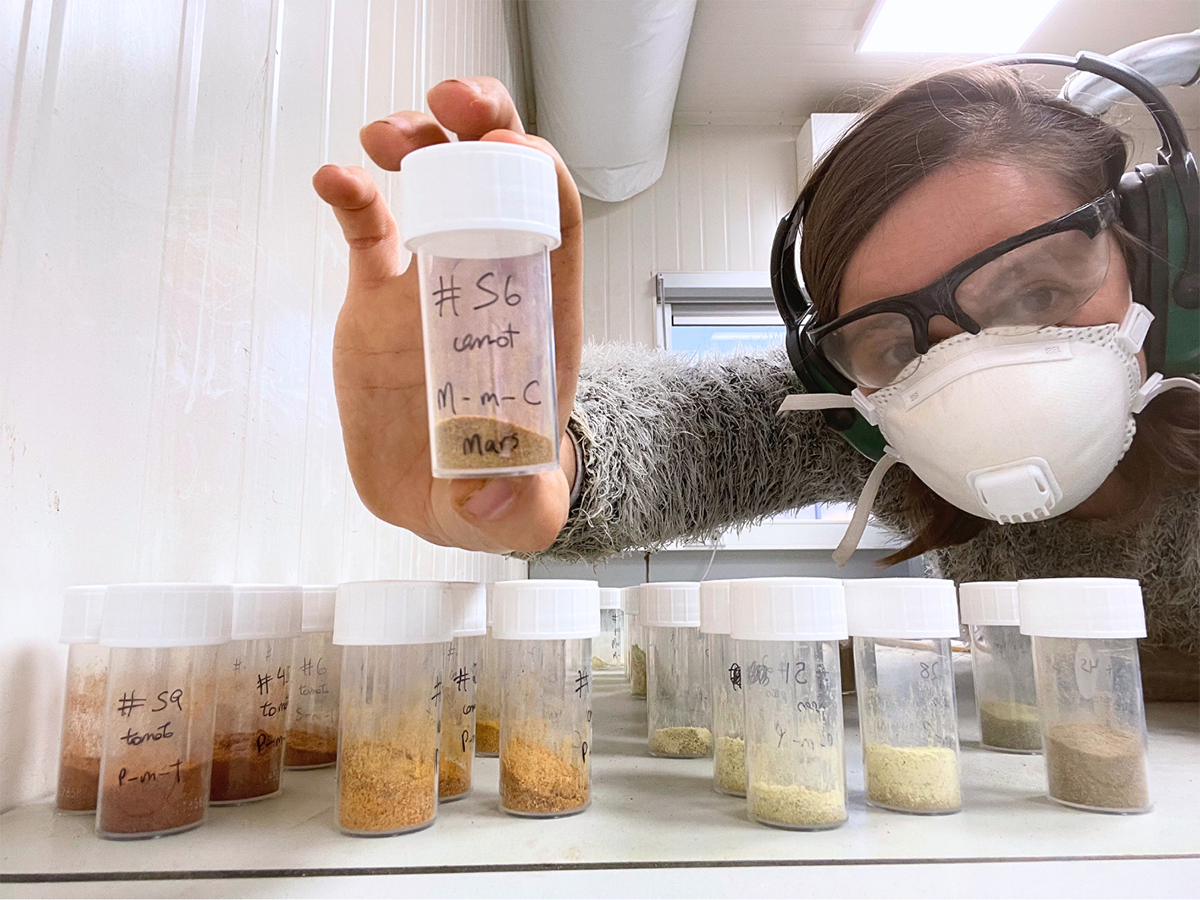NASA has big plans for space farms and there are plenty of ideas from astrobiologists for what the best crops to grow on Mars could be. To best optimize these future extraterrestrial farms, scientists are also exploring what planting methods could boost potential crop yields on the Red Planet. Some new experiments with tomato, carrot, and pea plants found that growing different crops mixed together could boost yields of some plants in certain Martian conditions. The findings could also have implications for life on Earth and are described in a study published May 1 in the journal PLOS One.
A Martian greenhouse
In order for future humans to survive on Mars for long stretches at a time, nutritious food is going to be essential. While learning how fake astronaut Mark Watney grew potatoes in the sci-fi novel and film The Martian was entertaining and informative, real astronauts should have some helpful resources from planet Earth for growing food in future Mars settlements.
To learn how to best do this, scientists on Earth must simulate the unique conditions on the Red Planet here. Mars’ atmosphere is about 100 times thinner than Earth’s and is mostly made up of carbon dioxide, nitrogen, and argon gasses. Entire Martian colonies in the future will need to be set up in controlled enclosures similar to greenhouses with an Earth-like atmosphere of the right mixture of oxygen, nitrogen, and carbon dioxide.
[Related: Why space lettuce could be the pharmacy astronauts need.]
“The best ‘Martian environment’ is actually simply a greenhouse with controlled conditions including temperature, humidity, and gasses,” Rebeca Gonçalves, a study co-author and astrobiologist at Wageningen University & Research in The Netherlands, tells PopSci.
For this study, Gonçalves and the team used greenhouses at the university to simulate a growing environment on Mars. They tested how crops fare in a simulated version of Martian regolith–the loose and rocky material covering the planet. Pots of standard potting soil and sand were used as a control group. Bits of organic Earth soil and other nutrients was also added to the sand and Martian regolith samples to improve water retention and root holding.

Picking plants
For the plants on this fake Martian farm, the team selected peas, carrots, and tomatoes. A 2014 study found that all three are able to grow in Martian regolith. According to Gonçalves, knowing that these plants could grow was key, since they were looking for an answer to a different question. They wanted to know how to use companion plants and intercropping–an ancient planting technique of growing two or more plants in close proximity–to boost crop yields. These three also could have an important nutritional role in the future.

“They were chosen for their nutritional content, being high in antioxidants, vitamin C, and beta carotene,” says Gonçalves. “This is important because these nutrients are all completely lost in the process of food dehydration, which is the main process we use to send food to space missions. Therefore, the production of fresh food containing these nutrients is a must in a Martian colony.”
These crops are also companion species that share complementary traits. Peas are considered a main contributor to the intercropping system because they are legumes that can “fix” nitrogen. In nitrogen fixing, some plants and bacteria can turn nitrogen from the air into a form of ammonia that plants can use for nutrition. This, in turn, benefits other plants and diminishes the need for fertilizers to be added to the plant system. According to Gonçalves, it optimizes the resources needed for plants to grow on the Red Planet.

“Carrots were used to help aerate the soil, which can improve water and nutrient uptake by the companion plants, and tomatoes were used to provide shade for the temperature sensitive carrot and to give climbing support for the peas,” says Gonçalves.
Red fruit, red planet
All three species grew fairly well in the Martian regolith, producing just over half a pound of produce with only a minimum addition of nutrients. The tomatoes grew better when they were alongside the peas and carrots in an intercropping set up, than the control tomatoes that were grown alone. The tomatoes had a higher biomass and also had more potassium when grown this way.

However, intercropping in this regolith appeared to decrease yields for the carrots and peas. These plants did better alone. In future experiments, the team hopes that some modifications to how the simulated Martian regolith is treated could help increase yields when intercropping is used, so that the carrots and peas can have similarly bigger harvests.
“The fact that it worked really well for one of the species was a big find, one that we can now build further research on,” says Gonçalves.
[Related: Watering space plants is hard, but NASA has a plan.]
The team was also surprised by how intercropping showed an advantage in the sandy soil control group. It benefited two of the three plant species and this find could be applied to agricultural systems on Earth. Climate change is making some soils more sandy and this study is part of ongoing efforts to see how intercropping can help tackle this issue.
In future studies, the team hopes to figure out how to reach, “a completely self-sustainable system using 100% of the local resources on Mars.” This would help make these future colonies more financially viable and not as dependent on resupply missions.
“If we can unlock the secret to regenerating poor soils while developing a high-yielding, self-sustainable food production system—exactly the goal of Martian agriculture research—we will have found a solution for a lot of the issues we are having here on Earth as well,” says Gonçalves.





